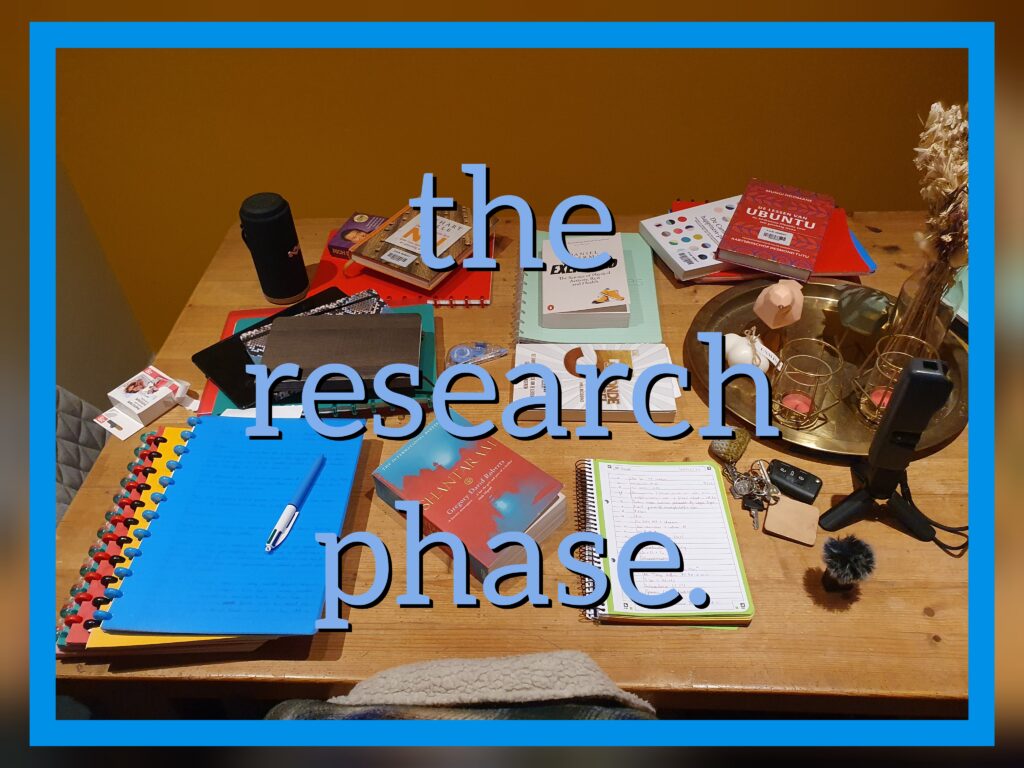Language is an ever-evolving system of communication that enables humans to convey complex ideas and emotions. The richness of language lies in the vast number of words it contains, each with its own unique meaning. One such intriguing term is “atavistic.” This article looks into the etymology, usage, and significance of the word, shedding light on its historical context and its implications for understanding human nature.
The word “atavistic” finds its origins in the Latin term “atavus,” which can be translated as “ancestral” or “forefather.” It belongs to a class of words known as “neologisms,” which are newly coined terms. The word was first recorded in the English language during the 19th century. Atavistic is an adjective that describes a reemergence of characteristics or traits from a remote ancestral past. It signifies a throwback to previous generations, often emphasizing primitive or ancient features that resurface in contemporary individuals.

Historical Context
My introduction to the word “atavistic” came from the novel “The Foxes Come at Night” by Cees Nooteboom. The first sentence of the book, “Gondolas are atavistic”, caught my attention while reading it for a high school class. Initially, I felt overwhelmed by the unfamiliar term, causing me to panic. However, as I continued to mull over the word long after reading the book, I grew increasingly intrigued by its meaning and the way it sounds.
The concept of atavism emerged during the scientific and philosophical debates of the 19th century. It was used by biologists and sociologists to describe irregularities or deviations from predominant traits within a species or society. They identified these deviations as reminders of earlier stages of development or as remnants of evolutionary adaptations in the distant past. Atavistic phenomena, such as the reoccurrence of ancestral features, challenged the prevailing notions of genetic dominance and uniformity.
Usage in Science and Biology
The term “atavistic” has been extensively employed in the field of genetics to explain the reemergence of certain physical and behavioral traits. Instances of atavism have been observed across various species, including humans. Examples range from the reappearance of vestigial organs in humans, such as the appendix or the occurrence of supernumerary nipples, to the revival of long-lost characteristics in animals, such as tails in dogs or leg-like appendages in snakes.
Beyond its significance within the biological realm, “atavistic” has found applications in other fields, particularly in sociology, psychology, and anthropology. Sociologists use the term to describe social structures that harken back to earlier times, illustrating the persistence of cultural practices or societal structures that were predominant in the past. Psychologists have, likewise, adapted the concept to explore how certain behaviors or thought patterns mirror ancestral traits, shedding light on the origins of our instincts and primal urges.
While atavism can manifest in various aspects of human behavior, it is crucial to approach the term with caution. Atavistic traits are often associated with instinctual and primitive behaviors, evoking ideas of aggression, violence, and irrationality. However, it is essential to recognize that human behavior is influenced by a complex interplay of genetics, environment, and contemporary social norms. Labelling specific behaviors as solely atavistic oversimplifies the complexities of human nature and fails to consider the multifaceted nature of our behavior.
The Evolutionary Perspective
From an evolutionary standpoint, atavism challenges the traditional view of linear progress and implies that remnants of our ancestral past persist within us. While certain traits may have become less prevalent due to changes in natural selection pressures, they can reemerge due to genetic mutations or other factors. Atavistic traits may be advantageous or disadvantageous depending on the context, highlighting the nuanced nature of evolutionary adaptations.
On the “Waking Up” App, designed by Sam Harris, I tuned in to a particularly insightful podcast episode featuring Jay Garfield as a guest. In this episode, Garfield impressively distinguished the concepts of ‘Self’ and ‘Person’. He described to the host that the ‘Self’ is a primitive, ancestral construct, stating: “The self is atavistic”.
Conclusion
The word “atavistic” carries a profound significance as it illuminates aspects of our human nature rooted in our ancestral past. Exploring this term provides us with a deeper understanding of the complexities of genetics, human behavior, and societal structures. However, it is essential to use the term with care and to recognize that its implications extend beyond simple determinism. Unraveling the mysteries of atavism can contribute to a broader comprehension of our shared history and the fascinating interplay between our past and present.




